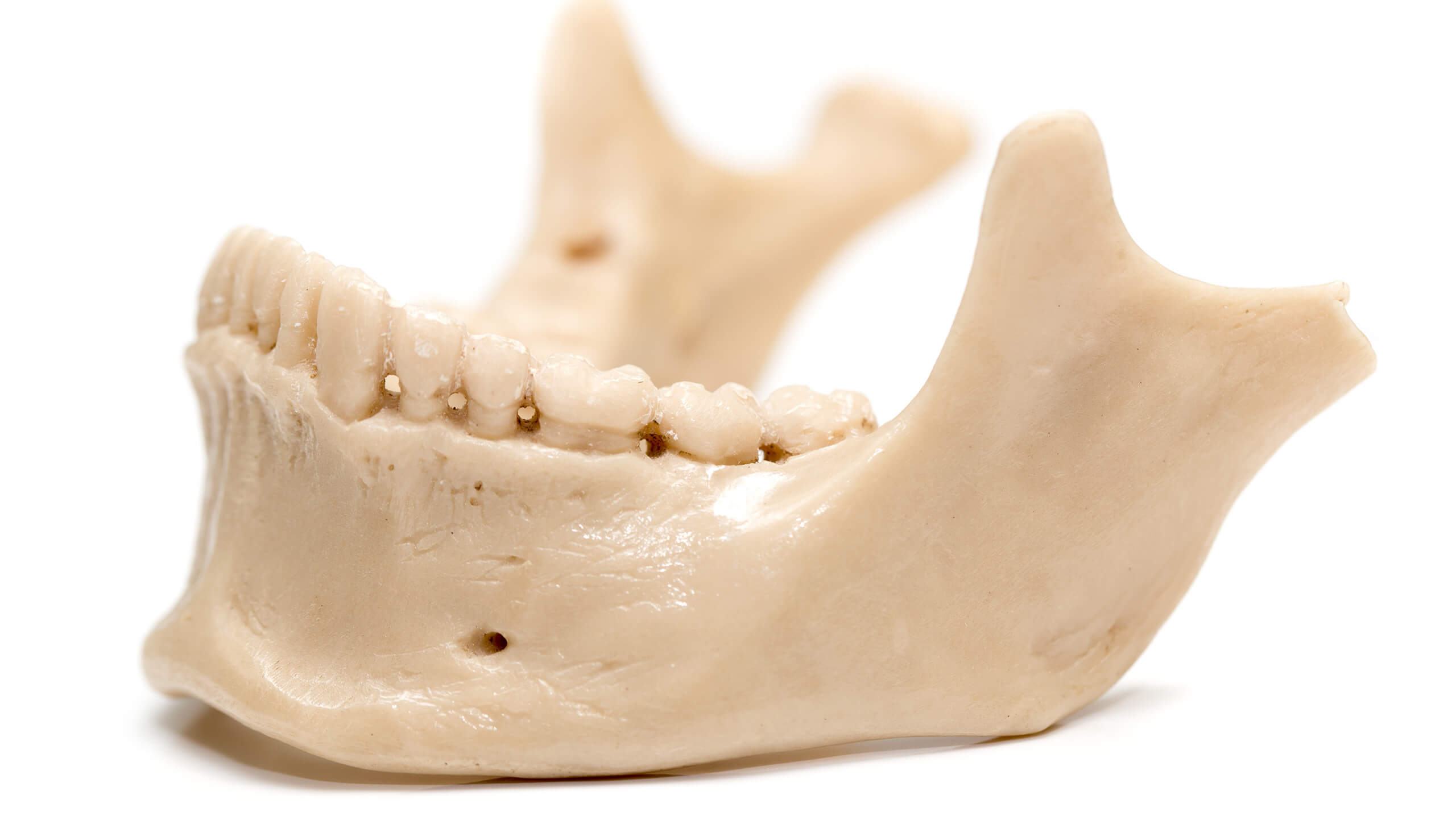Does your child have trouble sitting still?
Does he or she have seemingly boundless energy, but then appear sluggish when it’s time for school?
Is your child struggling with their grades or having difficulty hitting their developmental milestones?
If you can answer yes to these questions, your child needs to be screened for a sleep breathing disorder. In this article, we explore the effects that sleep breathing disorders have on children—and how early orthodontics may help.
Poor sleep can cause hyperactivity in children.
Suppose an adult has a sleep disorder or is living with sleep deprivation. In that case, chronic fatigue is an often-reported symptom. Children with a sleep disorder may experience the opposite effect—hyperactivity. Even young children can develop sleep-breathing disorders. The symptoms mimic those of an attention disorder such as ADD or ADHD. When it comes to sleep, quality is more important than quantity; your child might be going to bed early and getting eight hours or more of sleep. If an airway issue is present, then their sleep quality is poor. Over time, living with poor sleep compromises both physical and emotional wellbeing. One study reports that lower academic performance is linked to children with untreated sleep apnea
Untreated sleep apnea in children may lead to behavior concerns, which could mean that a child is being medicated for a disorder that they don’t even have! In actuality, the child could be starving for oxygen, resulting in sleep loss. Hyperactivity is the number one symptom in children with sleep apnea, according to studies. Airway disorders also impact a child’s growth and development. If a child is deprived of other nutrients required to sustain life, such as water or food, they could end up with stunted growth, learning disabilities, and more. These issues may also result in poor grades or learning difficulties. Like food and water, your child needs oxygen, which could be impeded by an airway disorder.
You don’t have to wait to have your child screened for a sleep disorder. A dentist trained in airway management can perform a screening on children as young as age four or five. Identifying a sleep breathing disorder and then seeking treatment are essential for setting up your child for the deep and restful sleep needed to be their best and healthiest.
Know the signs of sleep apnea in children.
Children with sleep apnea manifest many unique symptoms. Go through this checklist and see how many of these issues you can identify in your child.
- Frequently breathes through the mouth, whether awake or asleep
- Snores loudly at night
- Loud snoring, gasping or experiencing long pauses in breathing while asleep
- Bad dreams or night terrors
- Sleepwalking
- Waking up sweaty
- Bedwetting
- Frequently dealing with a runny nose, earache, or sore throat
- Restless sleep
- Dark circles under the eyes
- Nervous habits such as biting nails or sucking the thumb or fingers
- Fatigued upon waking up, no matter how early he or she went to bed
- Poor academic performance
Have your child undergo an airway evaluation as soon as possible if you notice these symptoms. If several or more of these symptoms are present, then your child may be battling a sleep breathing disorder. While only a licensed sleep specialist can make an official sleep apnea diagnosis, an airway-focused dentist could help your child manage his or her sleep disorder.
What causes sleep apnea in children?
There’s no single unifying cause, but some of the most common include having underdeveloped jaws, having large tonsils and/or adenoids that block the airway during sleep, or poor rest oral posture (mouth hangs open). Early detection and treatment are vital. Living with poor sleep or sleep loss has consequences that magnify as time passes. For children, these effects may include difficulty forming emotional memories, cognitive problems, and poor decision-making. The mental impact of sleep apnea also can impede learning and even intelligence. Research has indicated that a case of childhood sleep apnea could reduce IQ by up to 10 points.
Sleep apnea also can lead to a host of behavioral issues in children, including:
- Learning disabilities
- Hyperactivity
- Anxiety and/or depression
- Difficulty socializing
- Aggression
- Irritability
- Defiance
In many cases, children might be diagnosed with ADD or ADHD but struggle to see behavior changes when, in reality, their behavioral issues are being caused by a sleep breathing disorder.
Treating Sleep Apnea
An airway-focused dentist will evaluate the following factors to determine if your child has a sleep breathing disorder:
- Quality of sleep
- Their ability to breathe through the nose
- Jaw development
- Facial tone
- Airway structure
Why not wait until my child is a teenager to get orthodontics?
The problem with the wait and see approach is that your child is left dealing with an airway disorder and the consequences that go along with it. Additionally, an untreated airway disorder often results in malocclusion (misaligned bite), crooked teeth, and over or underbites. The traditional orthodontic approach is to correct misaligned teeth as a child gets older. Unfortunately, this approach usually results in orthodontic relapse because while the teeth were realigned, the underlying problems (the airway disorder and underdeveloped jaws) were not addressed. Mouth breathing and improper rest oral posture are ignored, which results in orthodontic relapse later in life.
A practitioner of Orthotropics® uses oral appliances and other techniques to promote facial growth guidance as a form of early orthodontic intervention. One of the goals of Orthotropics® is to achieve proper rest oral posture: lips and teeth are closed, with the tongue resting against the roof of the mouth. This oral posture also helps maintain a wide and open airway, guarding against many of the issues that cause sleep apnea. To learn more about the overall benefits of Orthotropics®, visit the website of the North American Association of Facial Orthotropics to find a practitioner near you or contact us today.



